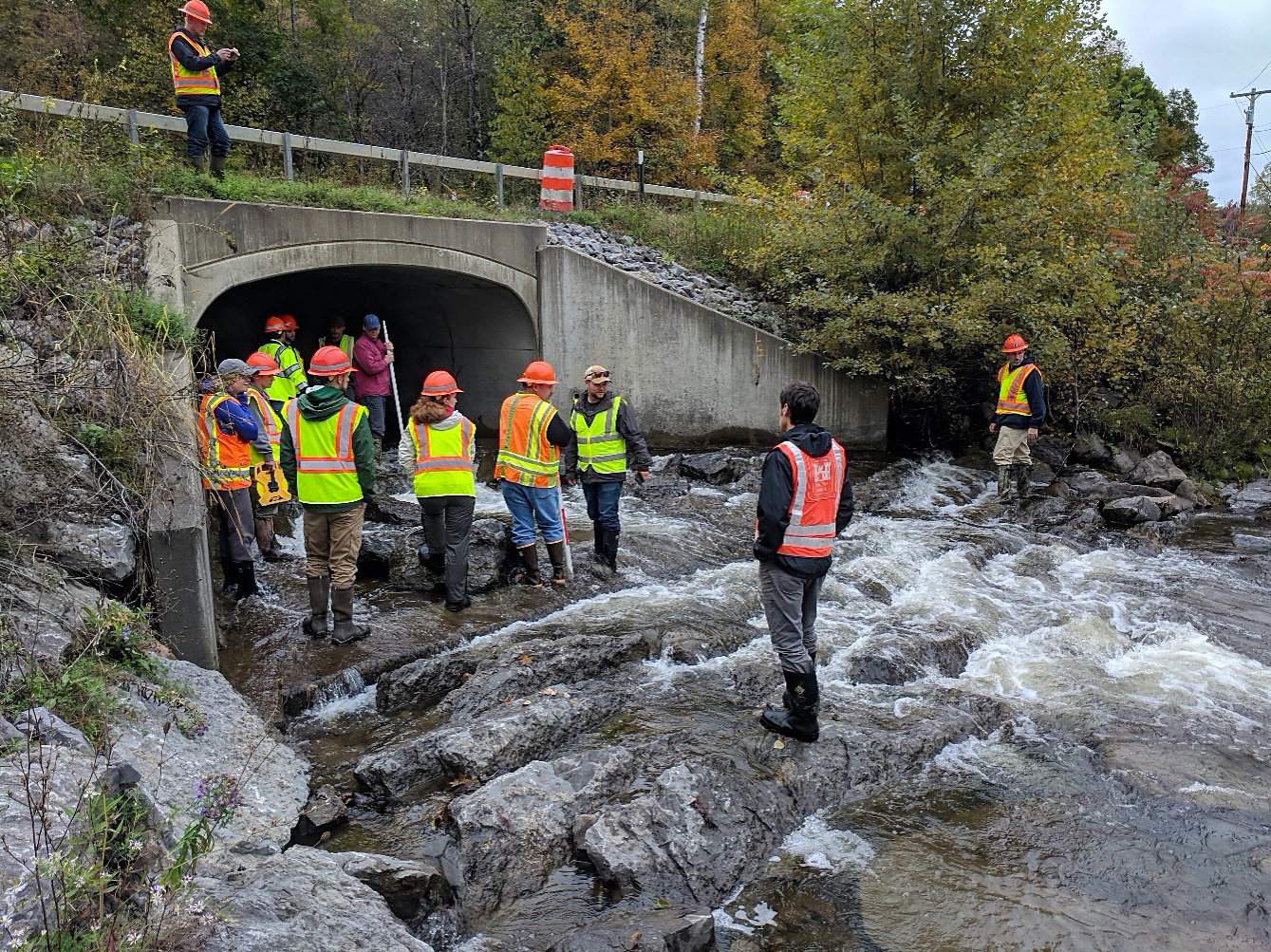For more than a decade, FHWA’s Every Day Counts (EDC) program has promoted proven but underused innovations that enhance roadway safety, improve project delivery, and reduce traffic congestion. Across the country, agencies attest to the value of adopting these new technologies and processes, along with creative strategies for innovation deployment. As the transportation community participates in EDC round six, Innovator is featuring articles that reflect on the program’s accomplishments.
Since its inception, EDC has helped identify and promote innovative processes and procedures in the areas of environment and planning. Each successive round of EDC has built a network of connections within FHWA offices and between State departments of transportation (DOTs), local transportation agencies, and Federal and State agencies. These networks allow agencies to align visions and resources toward common goals.
“The EDC environment and planning initiatives successfully brought together Federal, State, local, and other stakeholders to revitalize and improve on existing practices while encouraging cooperation and collaboration among those agencies,” said Mike Ruth, FHWA Resource Center. “These efforts have streamlined processes and built relationships across agencies that will continue to pay dividends for years to come.”
Programmatic agreements (PAs) can accelerate the process for handling project actions by allowing review at a program level rather than on a project basis. These interagency agreements set procedures for consultation, review, performance, and compliance with one or more Federal laws and also address Tribal, State, and local laws. Using PAs, agencies can increase efficiency, improve predictability, and provide benefits to the environment.
Prior to EDC, PAs were not being widely used due to narrow scopes, change in regulatory frameworks, or lack of awareness. Through EDC, FHWA updated and expanded current practices, incorporating more flexibility to broaden their use. State and regional agreements were an important focus area under EDC-2, particularly with the U.S. Army Corps of Engineers (USACE), the U.S. Fish and Wildlife Service, and the National Marine Fisheries Service.
EDC initiatives directly contributed to expansion of PAs across the country. All 50 States now leverage PAs, with 37 States using two or more to improve project delivery. Across all agency levels, FHWA has over 500 PAs, significantly reducing permit action timelines.
 EDC workshop participants from New York State DOT and USACE at a culvert assessment site visit in 2018. Credit: New York State Department of Transportation
EDC workshop participants from New York State DOT and USACE at a culvert assessment site visit in 2018. Credit: New York State Department of TransportationThe EDC process helped foster interagency communication and relationship building by bringing together stakeholders to promote strategies, actions, and innovative processes to address current needs.
“In addition to establishing PAs and working toward common interests, agencies have found it effective to establish scheduled informational meetings, promoting candid conversation benefitting all parties. These activities build trust and relationships,” said Ruth.
During EDC-1, planning and environment linkages (PEL) brought stakeholders together to consider environmental, community, and economic goals early in transportation planning, then used this information to streamline environmental reviews. This approach provided an opportunity for resource, action, and regulatory ag encies to get involved early to help shape the projects.
During EDC-3, regional models of cooperation helped State DOTs, regional planning groups, and other stakeholders coordinate planning across jurisdictional boundaries to support common goals such as safety, congestion management, freight, livability, economic development, and efficient project delivery.
The 2015 Red Book, first published in 1988, functions as a “how to” for synchronizing NEPA and other regulatory reviews. This document originally focused on NEPA and Section 404 of the Clean Water Act, but as a result of EDC, the 2015 version was expanded to include all permitting agencies and leveraged current, more flexible practices. “By building trust and relationships,” said Ruth, “EDC expanded the Red Book from boutique to big box store level.”
Work in EDC environment and planning initiatives also enabled an integrated approach to other innovations, such as design-build, by bringing in stakeholders and decision makers early in project development.
“The advances made in environmental and planning initiatives throughout EDC wouldn’t be possible without the active participation from partner agencies and organizations,” said Ruth. “EDC made it possible by bringing these groups together, and the shared desire to do better, be more efficient, and strive toward a common goal helped make that goal a reality.”
Efforts in motion today include expanding mitigation opportunities through culvert banking and conducting mitigation on public lands. Culvert banking leverages USACE Regulatory Guidance Letter 18-01, providing an opportunity for DOTs that replace underperforming culverts with aquatic-friendly and resilient designs to generate mitigation credits for projects. This process enables DOTs to satisfy mitigation obligations on Federal lands. FHWA is developing outreach materials for these new approaches.
